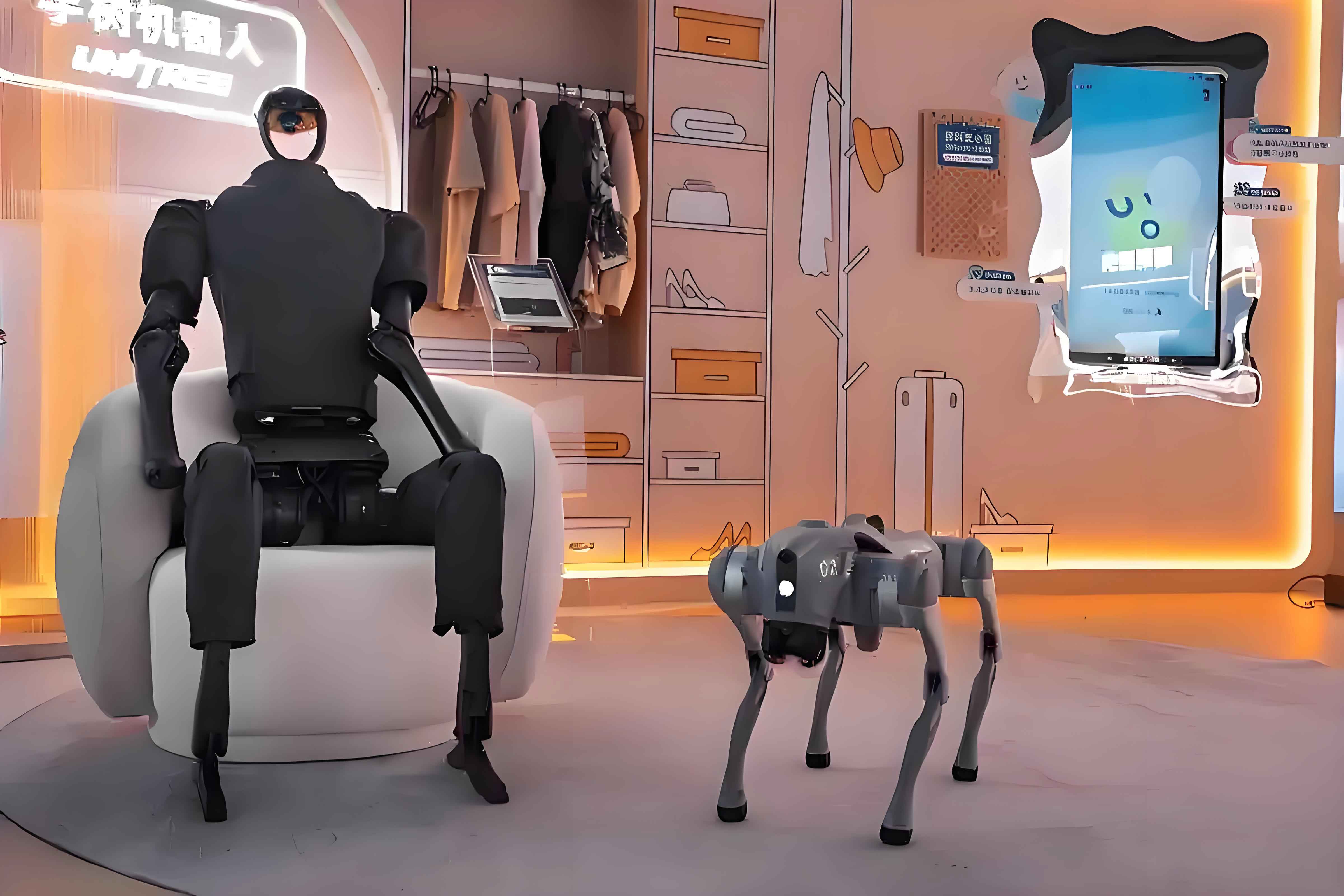The rhythmic clank of metal feet echoes through Dongfeng Liuzhou Automobile’s assembly line, where 20 humanoid robots now labor alongside human workers. These machines, deployed by Chinese robotics pioneer Youbot, mark the world’s first bulk industrial integration of humanoid robots—a milestone signaling the technology’s leap from labs to global supply chains. Across factories, universities, and hazardous environments, humanoid robots are shedding their novelty status to address critical labor shortages and technical challenges.

Industrial Catalysts
Automotive manufacturing has emerged as a primary testing ground. At Dongfeng Liuzhou, humanoid robots handle repetitive logistics—transporting variably sized components and sorting parts—operating at 70% efficiency compared to skilled workers. “Existing automation handles 80% of tasks, but final assembly stages still rely on humans. Humanoid robots bridge that ‘last mile,’” explains Leng Xiaokun, founder of Leju Robotics, whose “Kuafu” humanoid robots train in multiple factories. While today’s models cannot replace high-precision technicians, their ability to manage heavy, generalized tasks positions them as indispensable tools in industries facing demographic declines.
Youbot aims to produce 1,000 humanoid robots this year, targeting real-world data collection to refine functionality. Concurrently, it unveiled a sub-$42,000 research-grade humanoid robot, “Tiangong Walker,” developed with the Beijing Humanoid Robot Innovation Center. Meanwhile, Unitree Robotics, focusing on developers and academia, reports its humanoid robots have reached over 100 countries, with nearly 30 Chinese universities adopting them for research in locomotion, environmental navigation, and cognitive intelligence.
Breaking Technical Barriers
The resurgence follows decades of setbacks. Early prototypes like Japan’s WABOT-1 (1973) required 45 seconds per step. Honda’s ASIMO (2000) mastered stairs but was discontinued in 2018. Boston Dynamics’ Atlas achieved dynamic mobility yet remained impractical due to cost and maintenance. Today’s acceleration stems from converging innovations:
- AI Integration: Large language models (LLMs) enable contextual task execution. “A humanoid robot’s ‘brain’ must process long action sequences and language commands while maintaining adaptability,” notes Xu Huazhe, a Tsinghua University professor developing embodied AI foundations.
- Hardware Advances: Affordable force-sensitive actuators and lightweight materials enhance dexterity. Units like Walker S1 (1.72m, 50kg) now navigate unstructured terrain.
- Cost Reduction: Component modularization and scaled production have slashed prices. Entry-level research models now cost 30% less than 2022 equivalents.
Despite progress, critical bottlenecks persist. “The absence of a breakthrough ‘brain’ comparable to LLMs remains the biggest constraint,” states Zhang Weinan, an AI researcher at Harbin Institute of Technology. Scarcity of high-quality, cross-scenario training data and specialized computing hardware further impedes cognitive development. Xu Huazhe illustrates the gap: “To cook ‘squirrel-shaped mandarin fish,’ a humanoid robot must handle live fish, adjust knife work, frying, and plating—a feat requiring unprecedented contextual awareness.” He estimates such sophistication may take 15–20 years.
Beyond Factories: Hazard and Home
Humanoid robots are penetrating high-risk sectors. In Guangdong, power grid models withstand temperatures from -40°C to 80°C, inspecting remote transmission lines in mountainous forests. Yet household adoption faces steeper hurdles. “A 50kg metal machine falling on a child or pet is catastrophic,” warns Zhang Rui, whose Beijing-based team develops astronaut-assistant humanoid robots. Home environments demand flawless adaptability to varied surfaces, objects, and unpredictable interactions—requiring next-generation synthetic muscles and fail-safe collision systems.
Leng Xiaokun contends future domestic humanoid robots must be “as cheap as appliances and as smart as PhDs.” While cost reduction seems inevitable, embedding advanced cognition into hardware remains elusive. Most experts estimate 7–10 years before reliable home models emerge, with industrial and niche applications leading through 2035.
Global Race and Investment Surge
China’s manufacturing ecosystem fuels its competitive edge. Shanghai’s first humanoid robot mass-production facility, operated by AITRI, builds over 1,000 units annually. Municipal governments in Beijing, Shenzhen, and Shanghai have launched robotics-focused funds targeting hardware, components, and AI integration. Venture capital follows suit: Embodied AI firms secured over $840 million in Q1 2025 alone.
Globally, companies like Agility Robotics (U.S.) and Tesla (Optimus) vie for market share. Agility’s Digit humanoid robot targets logistics, while Optimus emphasizes low-cost production. Yet China’s supply chain advantages—from precision gearboxes to sensor clusters—enable rapid prototyping. “China’s ability to iterate hardware at unmatched speed is decisive,” observes an industry analyst.
The Road Ahead
Humanoid robots are no longer sci-fi curiosities but economic necessities. With aging populations straining workforces and dangerous jobs facing recruitment crises, these machines offer tangible solutions. However, their trajectory hinges on solving the “intelligence bottleneck.” As Wang Tianmiao, a leading roboticist, frames it: “Current AI is a liberal arts student; next, it must become an engineer—mastering skills, operations, and collaboration.” Early embodied AI applications may surface in 2–3 years, with humanoid robots dominating by 2035.
For now, each stride in factories and research labs brings that future closer. As one engineer at a humanoid robot assembly line remarked, “We’re not building machines; we’re building colleagues.” The age of humanoid robots as indispensable partners in human progress has irrevocably begun.
